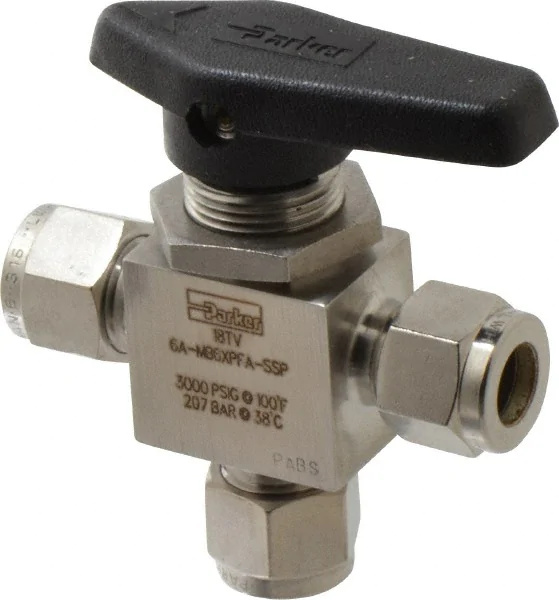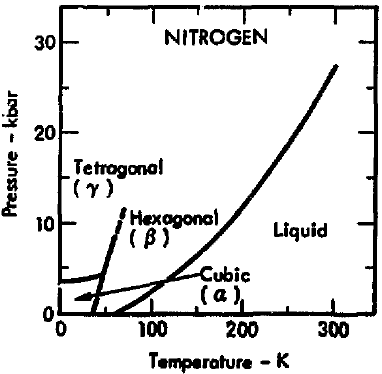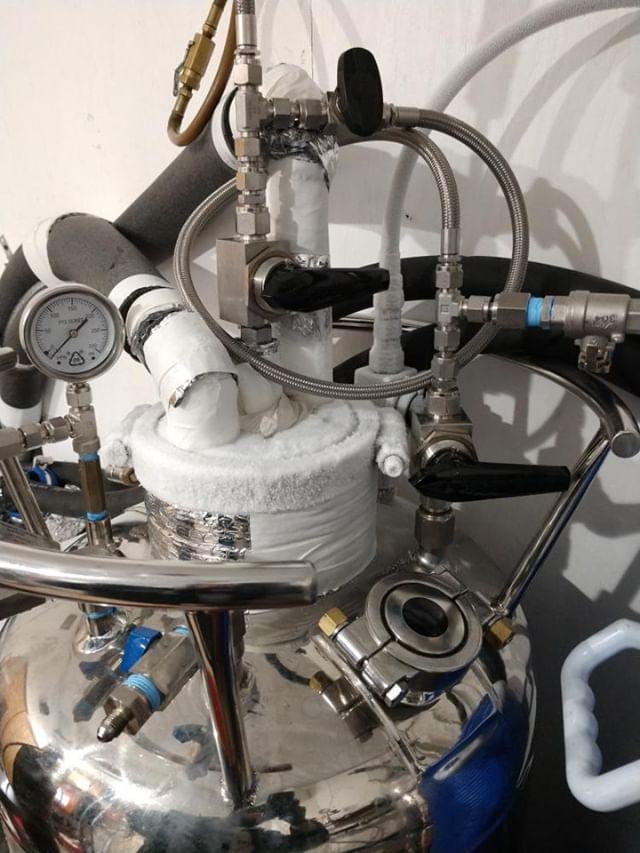Hi friends. I have some questions regarding doing a nitrogen assist on my closed loop system. I’ve been digging through some threads and have gathered some decent clarity on what to do but I have a few questions so that I can tighten things up a bit. Thanks in advance for any help and to anyone who has been a source of knowledge on the subject for me so far on the forum.
I’ve tested using N2 once with a CRC in line beneath the column, pushing all the solvent in my tank with N2 increased up to 50psi (on the injection side pressure gauge) through the vapor port; solvent running through a slurry chilled injection coil with the collection pot in alcohol/dry ice slurry with the recovery port on my collection pot hooked up to a long hose to vent the N2 out into the yard farther away before I proceed to passive recovery. This seemed to work well enough but this process could definitely use a bit more clarification and I will be getting a larger solvent recovery tank soon and will not want to use the entirety of its contents in one run.
Where in the loop are people generally pushing the nitrogen through? Vapor port on the recovery tank seems to be common however I’m not clear on what to do when one stops pushing with nitrogen in the case where you might not be using all of the solvent in the recovery cylinder. For instance if you wanted to push 15lbs of the 30lbs total of solvent in a recovery tank, how would you suggest bleeding off the accumulated N2 pressure used to push in the recovery tank? I would imagine it would be preferable and perhaps somewhat necessary to relieve this pressure somehow prior to recovery. Are people just letting the N2 pressure in the solvent tank bleed down by continuing solvent flow until the pressure drops? Or perhaps, is the N2 pressure generally just bled off after stopping solvent flow by chilling the solvent tank in slurry prior to recovery and burping the N2 and pressure off? The time I had tested, I cleared all of the solvent out as it was conveniently what I needed to run the column and I just bled the N2 pressure off before recovery.
I am seeing that people are recovering nitrogen along with the solvent and burping later but I’m curious if people are doing this without bleeding nitrogen off of the collection and recovery tanks in some form during/after the push?
What psi is suggested on the N2 regulator? When I tested N2 assist, I increased the psi slowly up to 50 psi because I don’t have PRVs on my setup yet and have seen people express concern about implementing them with N2 assist due to pressure increase concerns. I personally did not see any big pressure jumps but I also played it cautiously, raising N2 pressure slowly. This may come off as a naive question but I’m curious as to what is the nature of the interaction between N2 and solvent that is causing concern? Is it the presumably warmer temp of the N2 gas mixing with super chilled solvent in the column generating pressure that is the concern? I’ll be putting some PRVs on the system before I get much deeper into using N2 assist again.
I’m thinking of adding extra valves on a tee on the liquid and vapor sides of the recovery tank to hook N2 up to. I saw someone had mentioned implementing N2 in a similar manner. I’m thinking I can initially push through the vapor port until I’ve run enough solvent, then shut the liquid and vapor ports and push the remaining solvent through the system from a valve between the liquid port and the chilled injection coil, through the system into the collection pot on slurry with a valve on the collection pot bleeding N2 off the collection until recovery when I will chill the recovery tank on slurry, burp the N2 pressure and proceed to typical passive recovery.
I’m trying to put together a setup where I wouldn’t be disconnecting/reconnecting any hoses so that I could keep the system as closed as possible aside from nitrogen burping.




